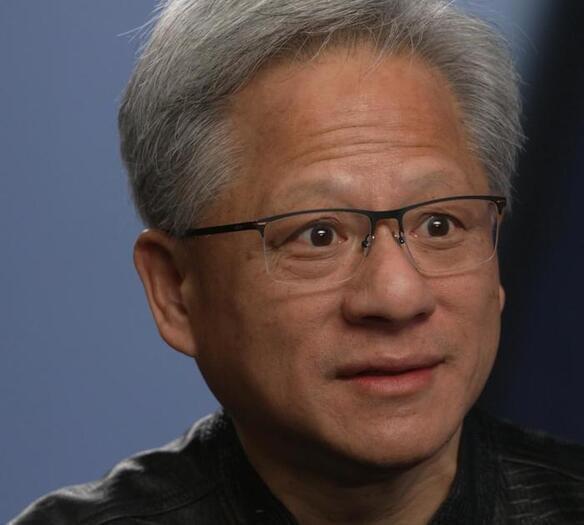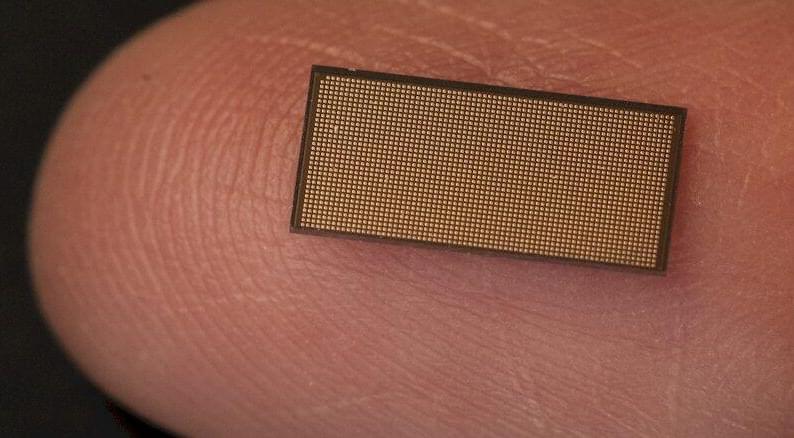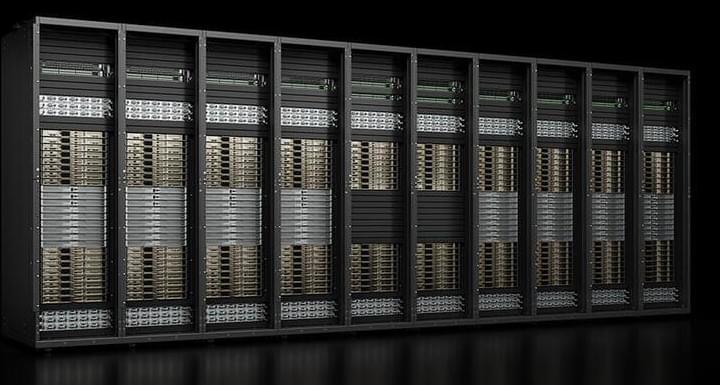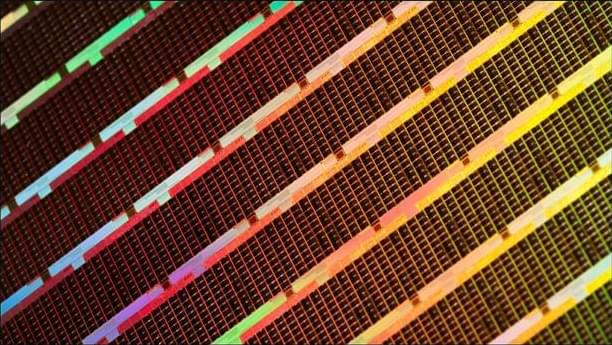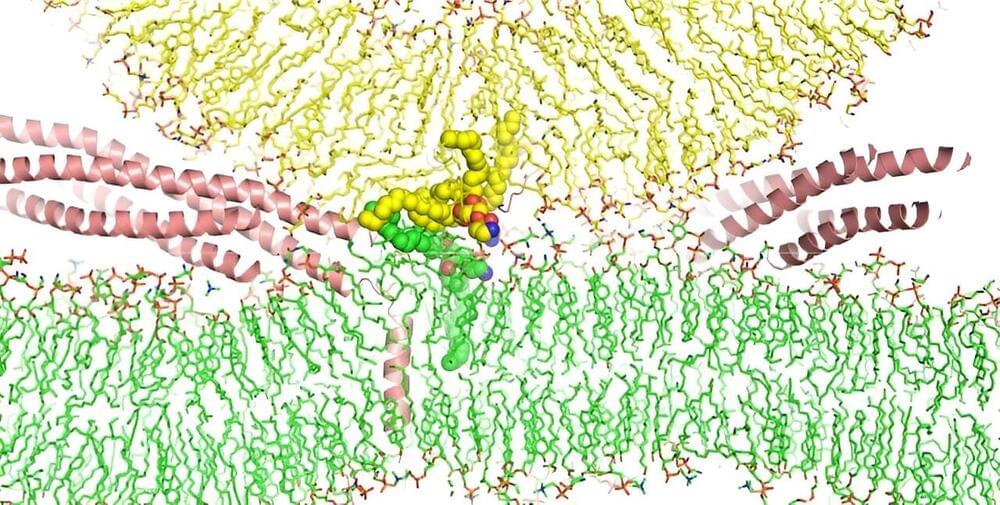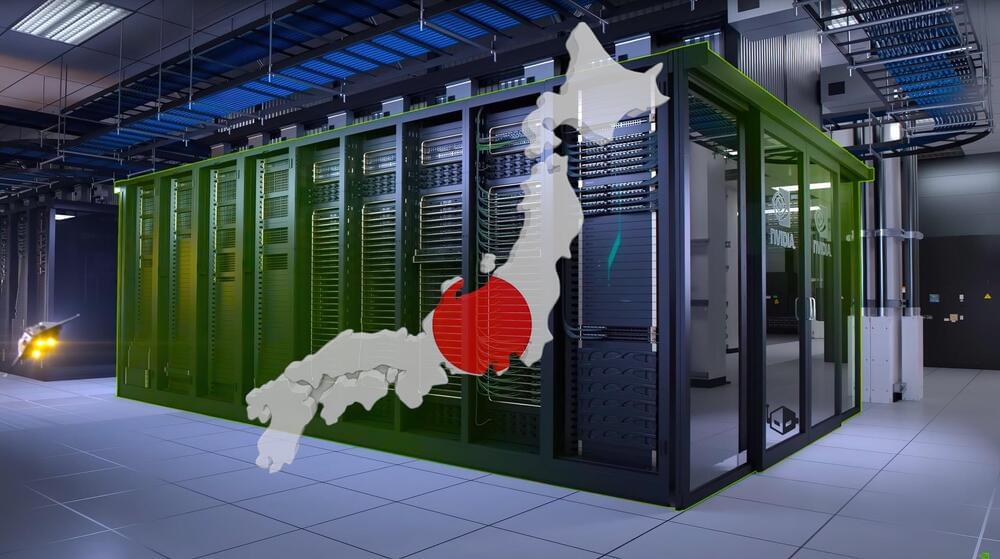Apr 29, 2024
Meet Nvidia CEO Jensen Huang, the man behind the $2 trillion company powering today’s artificial intelligence
Posted by Shailesh Prasad in categories: robotics/AI, supercomputing
AI that will be able to predict the weather 3,000 times faster than a supercomputer and a program that turns a text prompt into a virtual movie set. These are just two of the applications for AI-powered by Nvidia’s technology.
Jensen Huang leads Nvidia – a tech company with a skyrocketing stock and the most advanced technology for artificial intelligence.
